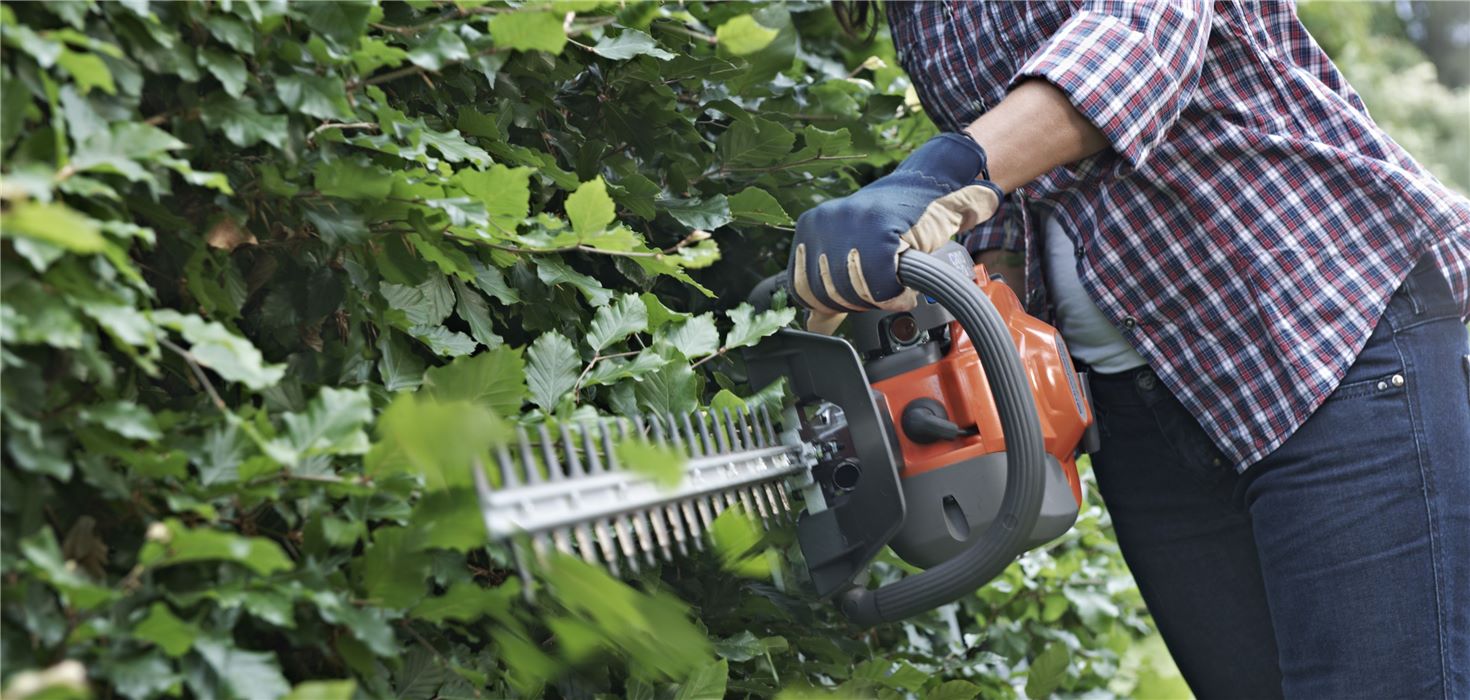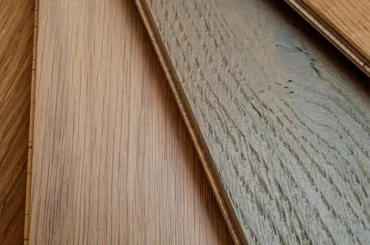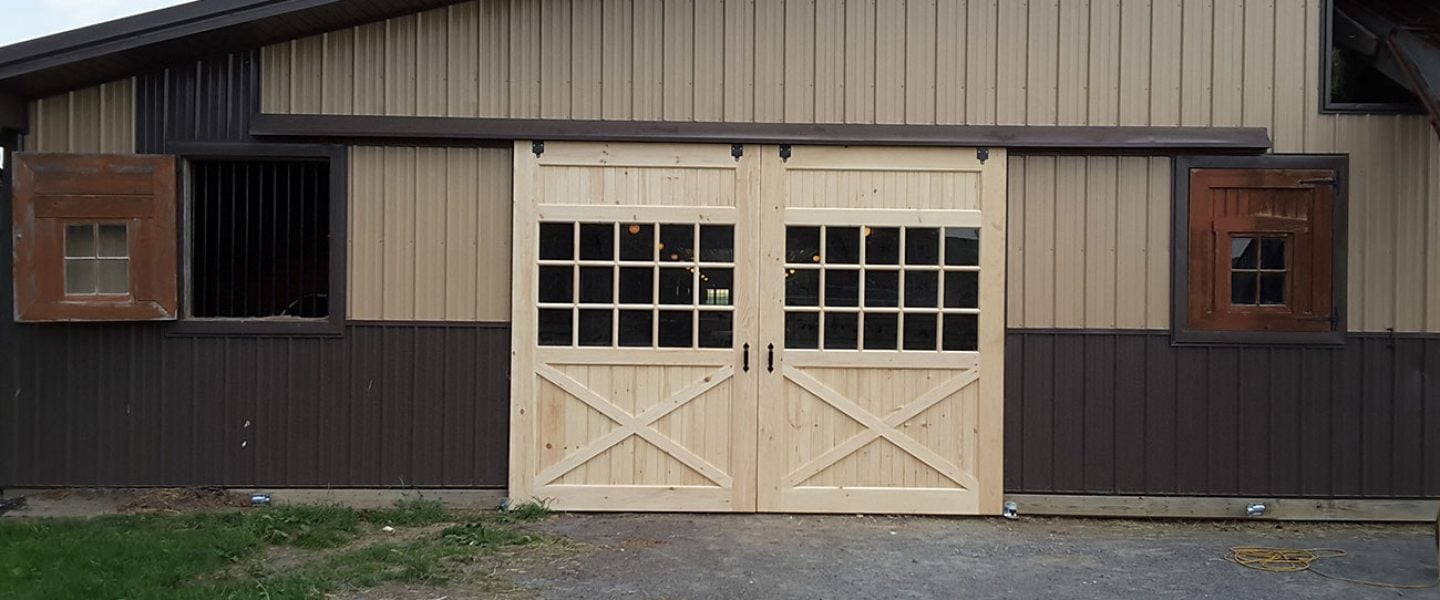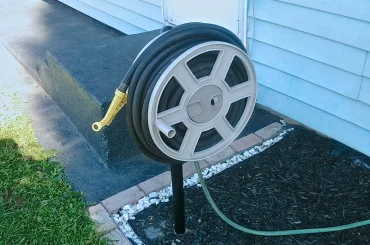Table of Contents
Well-rounded gardeners should be familiar with both hedge trimmers and hedge cutters. If your space has any kind of hedge-type plant, you’ll be using one of those tools to keep them tamed and manicured. However, a lot of people are unaware of the distinction between the two.
Most people, even many gardeners, think that hedge trimmers and cutters are one and the same. While they may seem like they can do similar tasks, trimmers and cutters have their own strengths and weaknesses when it comes to maintaining the look that you want for your hedges.
Whether you’ve already got a green thumb or you’re just getting into gardening, it’s handy to know this type of thing. If you didn’t know there was a difference between hedge cutters and trimmers before and want to get informed on what separates the two, you’ve come to the right place.
What Is A Hedge?
Hedges can be used for many things, such as plant art, as perfectly-coiffed sentries marking a path or as a sort of plant-fence. Hedges are a perfect way to mark off the edges of your space without ruining the aura of your garden with an ugly wooden fence. Not to mention that hedges help to keep little critters out of your precious plot.
Different Types Of Hedge Trimmers And Cutters
While hedge cutters and trimmers are two different tools, they do share some things in common. Both cutters and trimmers can come with a variety of power sources. The three most common are described in detail below:
- Electric – These kinds of trimmers and cutters are a great way to ease up the tension on your shear-wielding hand. You will have to do a lot less work than if you were going manual but they can usually only cut through quarter- to half-inch thick hedges. While they’re much lighter than gas cutters which makes them easier to work with, their lack of power also means that they don’t bother with as many safety features either.
- Gas – Cutters and trimmers powered by gas are much more powerful than their electric-powered counterparts. Most gas-powered cutters can cut through three-quarter-inch thick hedges, and sometimes even branches that are a full inch thick. They also offer more strokes per minute and they have much better blade gaps that allow you to get the job done faster and more efficiently. If you’ve got a hefty amount of work to do on a large property, gas-powered cutters are usually the smart bet. While they are heavier and more powerful than electric cutters, which makes them a bit more dangerous, they also often come with a tip guard. The tip guard protects the tip of the saw from touching any body parts, greatly reducing the injury risk.
- Cordless (Battery-powered) – These are probably the overall safest type of hedge cutter and trimmer but they’re usually not a whole lot better than going at it manually. These are often the cheaper option and they give you the added bonus of avoiding all the wiring that comes with the other two options. They simply take longer to do the job and they require full charges before doing any significant work.
What’s The Difference Between A Hedge Trimmer And A Hedge Cutter?
While the tools do look similar and serve similar functions, these functions are different enough that using the wrong one for the wrong task can cause all sorts of problem from damaging your tools to damaging your hedges.
Hedge Trimmers
This tool does exactly what it boasts with the name: it trims your hedges. Newer baby hedges that have recently been planted that are still in the process of forming don’t need a lot of work done on them. Light pruning with shears or a hedge trimmer is okay from time to time.
Once the hedges have grown more prominently, you can start using the hedge trimmers more liberally depending on the look that you’re going for. The trimmer is great to keep your hedges nice, dense, and compact.
Trimmers are used more for lightweight branch and bush work. The more elaborate the effect that you want from your hedges, the more often you’ll be out there perfecting them with your hedge trimmer. Whether it’s something more elaborate or a simple pruned boxed hedge effect, hedge trimmers are the tools for the job here.
If you’re dealing with more informal hedges, a good trim once a year is ideal. If your hedges are more formal in nature and you have a bit more pride wrapped up in them, you’ll want to have nice, evened out hedges. These require a good trim at least twice a year.
Hedge Cutters
Whereas trimmers handle the lighter, more delicate jobs when it comes to your hedges, cutters deal with the more heavy-duty work. These are much more robust because they need to deal with a much bigger and usually thicker workload.
Cutters should not be used on hedges or bushes until the plants in question have clearly finished their formation. Cutters can be used on established hedges more readily but they should still be reserved for large tasks.
Cutters shouldn’t be used for finishing touches. They work more efficiently as a way to get through thicker hedges and break down bigger branches. They usually have bigger blades, so when there’s a big job to do and the aim is chopping and cutting rather than shaping, hedge cutters are the ideal tool.
Hedges tend to be cut on an annual basis but it really depends on the type of hedge that you’re dealing with. Conifer, evergreen, hornbeam, beech; they all have their own eccentricities that need to be taken into account when cutting and trimming.
Final Thoughts
While hedge cutters and hedge trimmers share a lot of characteristics, they are not one and the same. If you try to use trimmers for work that needs cutters, the job will take forever or your trimmers will break on the thicker branches. If you try to use cutters to get a job done that requires trimmers, you’re going to end up ruining the shape and/or look of your beautiful hedge or bush.
To maintain your hedges, it’s important to have both of these tools in your arsenal. Cutters for if you encounter any big, tough branches or clumps in your bushes and trimmers to put the finishing touches to your hedges to give them the perfectly manicured look that you desire.





